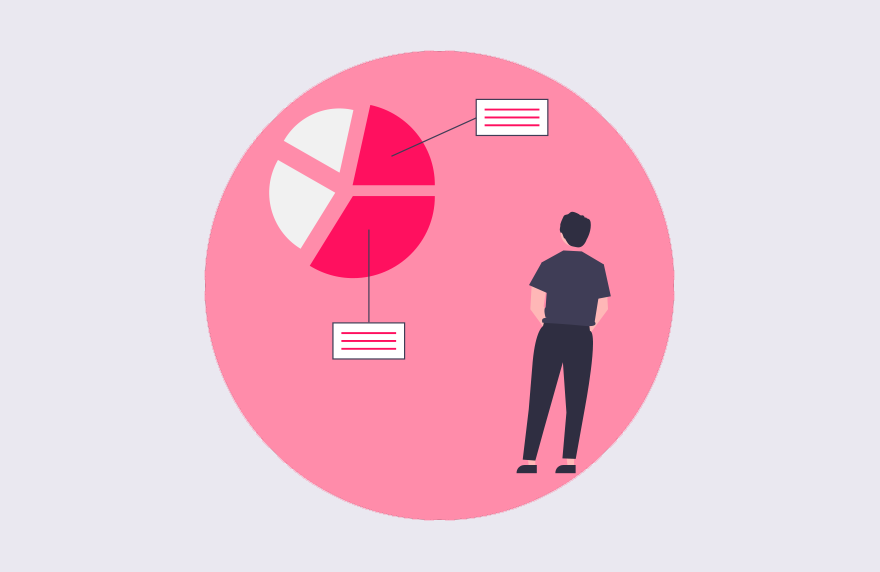Let’s set the scene. Bristol-based boy goes to the big smoke to find his wealth and riches. Well, not exactly, but he did find something far more valuable… an event hosted by the folks over at APG on ‘How To Plan’ (as I’m a Planner, I figured it would be kind of integral to my job).
The event itself was held at the Google HQ which took me far longer to find than I care to admit. However, I can now confirm that typing “where is Google?” into Google does not, in fact, break the internet.
The three guest speakers (M & C Saatchi, adam&eve DDB and AMVBBDO) who are all experts in the world of planning, were tasked with trying to dissect their own individual approach to planning, no mean feat.
Now us Planners should realise the dangers of pigeonholing people and making huge sweeping statements about certain segments of people (No, not all Millennials want their food displayed in the colours of a Unicorn); but for the purpose of this blog I’m going to do exactly that, and define each of the 3 speakers into one of 3 planning approaches they described
The Data Planner:
The Planner that says you should always start with the numbers; and that from these numbers you will then be able to identify a story (eg a business issue or opportunity) that the client may not necessarily be aware of.
When looking at the data, the key for Planners is to firstly dissect the data in different ways. Clients will provide you with the data in a way which they’re used to looking at it, your Analysis team will provide you with the data in a way which they believe to be most useful and your Creative team will run off, nauseated at the sight of a spreadsheet ( Disclaimer: to our Creative team, that was a joke). As a Planner you need to decide what other ways the data can be displayed and analysed. Secondly, it’s your job as a Planner to then identify what story that data is telling us, what screaming “AHA!” moment can you unearth from it? Once you’ve found it, this new insight will then shape your proposed client strategy.
The Behavioural Planner:
This kind of planner stipulates that in order to decide what consumers want, we need to be able to act like them, think like them, feel like them. We as Planners should work by the principles of ‘Method Planning’ (think method acting but less Christian Bale-esque). They’re of the impression that one of the key attributes a planner needs in order to succeed is empathy – so much so that in interviews one of the first questions they ask a wannabe Planner is “Are you a gift giver?”
So, in order for Planners to successfully create a client strategy, they must get out in the field, get their hands dirty and speak to actual people. If the client is a restaurant chain, then let’s go eat at their restaurant like a customer. If the client is an inter-city bus provider, then you bet we’re gonna go and ride in circles on those buses. Only then will we be able to identify those little nuances that happen to customers on a daily basis, yet that those in head office are blissfully unaware of. It is these observations that then form the basis of our strategies.
The Creative Planner
This Planner makes the point that the Planning and Creative teams should essentially be joined at the hip; that one without the other just simply won’t work. Think John without Yoko, Ying without Yang, chips without gravy. It just simply doesn’t bare thinking about.
From the very beginning of conception all the way through to final execution, Creative and Planning should operate as a symbiotic relationship – idea generation, brief development, and creative delivery all approached in sync. The Creative Planner believes that all too often in agencies there is a ‘Twilight Planning Zone’ whereby we assume that a Planner’s work is done as soon as the briefs have been signed off; from there on out, other teams take over the project without a Planner in sight. When this happens, the risk is that the end product becomes muddled and loses what the initial insight revealed.
Planning in Practice
So now that we’ve looked at what runs through the cortexes of each of these planning types, let’s try and outline how each one would approach a client brief in practice. For argument’s sake, our hypothetical company is called ‘OxygenCnC’ and they operate in the private holiday lettings sphere (top marks for all you clever beans who managed to spot the comparison).
They’ve approached us with a dilemma – “Our total sales are gradually declining, and we’ve noticed a lot of our customers are switching to competitors.” PLANNERS ASSEMBLE!…
Data Planner
They start by gathering all the client’s available data together (transactional data, dates of purchase etc). These are the data sets which the client uses to assess their performance and outside of what they can already see – sales declining – they can’t tell what’s the issue. So, the Data Planner sets about viewing the data in other ways (with the help of those lovely Analysts) and notices that when they segment the data by ‘property type’ (eg beach condo, chic apartment) rather than by ‘price’ or ‘room numbers’ they identify that certain property types were far more popular than the rest amongst the client’s customers and yet the client’s marketing efforts did very little to focus on these property types. The Data Planner suggests that the client should position themselves to be the market leaders for those property type rentals; sometimes less is more.
Behavioural Planner
There’s no doubt what this planner is going to do first. Become an OxygenCnC customer. They take themselves through every step of the customer journey – navigating through the website, booking a property, staying at the property, and all the touchpoints in between (customer service, payments, digital comms). As they go through each process, they record what the experience is like through the eyes of a customer, identifying any pain-points or potential opportunities. They notice that once the booking is confirmed, they don’t hear from OxygenCnC again until a week after their stay; this is where they could make a real impact. The insight leads them to recommend the client switches their mind-frame from that of a booking platform to an online travel agent; communicate with the customer in the months, weeks, days until their stay and ensure that nothing is going to catch your customers off guard.
Creative Planner
Sits straight down with their Creative team Together with the Creative team, the Planner reframes the client dilemma and decides that the real underlying question they need to be asking is “why are our competitors like the popular older brother?” They begin to delve into the client’s brand identity and look closely at the demographics of their core audience base. What does this base find culturally relevant? What sort of topics/causes/brands do this cohort want to be associated with? The Planner comes to the vision that if the competitor is viewed as the popular older brother, then OxygenCnC nneeds to become the rebellious, outspoken sibling. An identity which fits nicely with the persona of their core audience base. With this insight, the planner and creatives set about bringing this identity to life for the client.
Final Thoughts
So which approach to planning is the right one then?
Well, as some of you may have guessed, there is no right one (what a plot twist). As the speakers at the APG event all pointed out, the greatest Planner has the adaptability to be all 3 of the Planner types described above, sometimes all at the same time! If planners were an animal, we’d unashamedly be chameleons. In our roles as Planners it’s essential we’re able to flex our approach given the circumstances of the client’s brief. What worked incredibly for one client’s brief might be an absolute train wreck of a solution for another dependent on a whole host of factors.
And so finally then, what do the speakers think about the future of our breed? Is it dwindling since those heady Mad Men days? Well no, in a word. Going forward, the key to a great strategy will be how we as Planners can use data to help inform our creative approach.
Simply put, clients these days want to take fewer risks and so want to ensure there is objective, quantifiable data to back up any strategy; and on the flip side, no-ones ever purchased something because of a bar chart.
Until then, keep on Plannin’…
Planner Pete.







